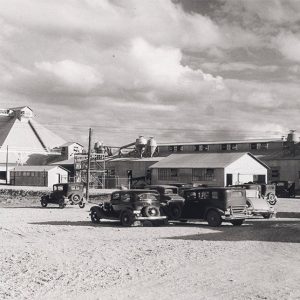 Cottonseed Oil Mill
Cottonseed Oil Mill
Entry Category: Cities and Towns
 Cottonseed Oil Mill
Cottonseed Oil Mill
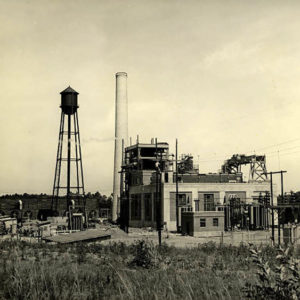 Couch Power Plant in Stamps
Couch Power Plant in Stamps
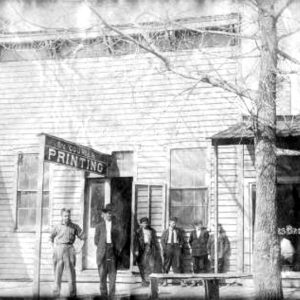 Courier Printing
Courier Printing
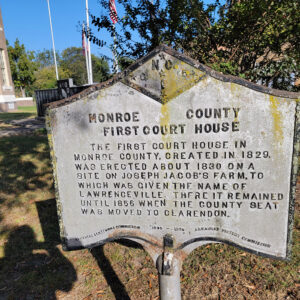 Courthouse Historical Sign
Courthouse Historical Sign
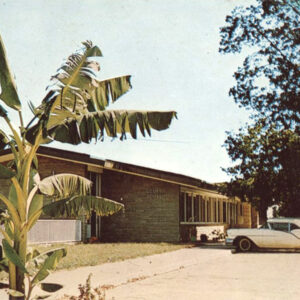 Coury House
Coury House
Cove (Polk County)
Cove Creek (Hot Spring County)
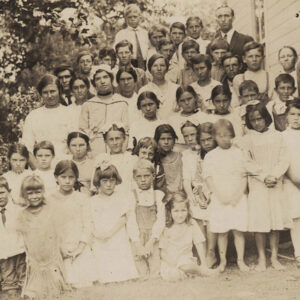 Cove School
Cove School
 Cow Sale
Cow Sale
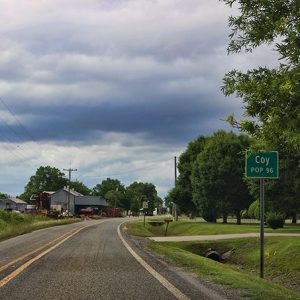 Coy
Coy
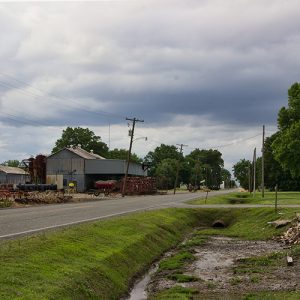 Coy
Coy
Coy (Lonoke County)
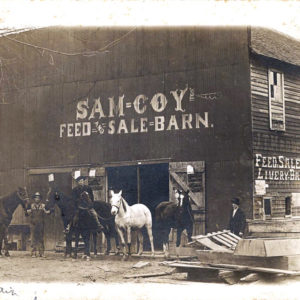 Coy Feed and Sale Barn
Coy Feed and Sale Barn
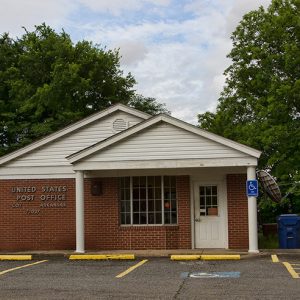 Coy Post Office
Coy Post Office
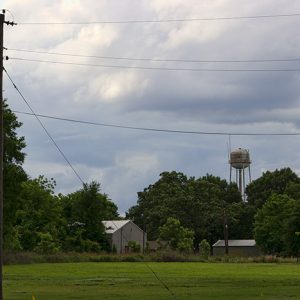 Coy Water Tower
Coy Water Tower
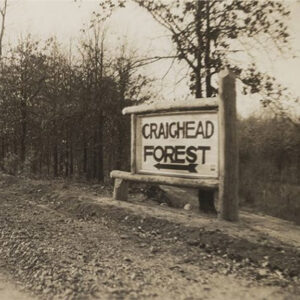 Craighead Forest
Craighead Forest
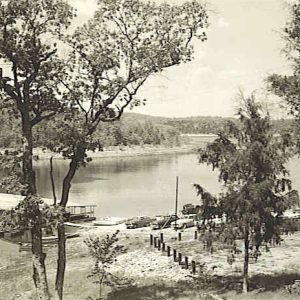 Cranfield Landing
Cranfield Landing
 Cranford Hotel
Cranford Hotel
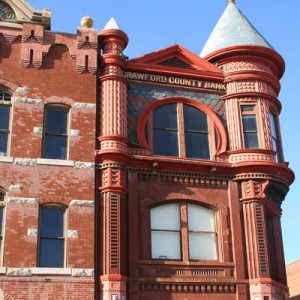 Crawford County Bank Building
Crawford County Bank Building
Crawfordsville (Crittenden County)
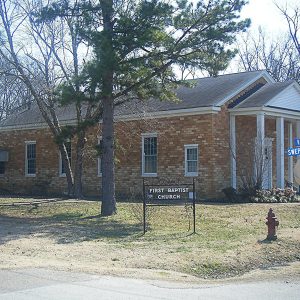 Crawfordsville Baptist Church
Crawfordsville Baptist Church
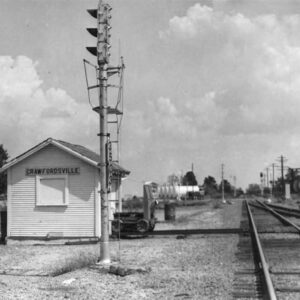 Crawfordsville Depot
Crawfordsville Depot
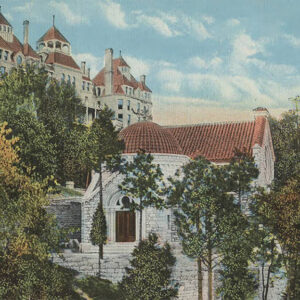 Crescent College
Crescent College
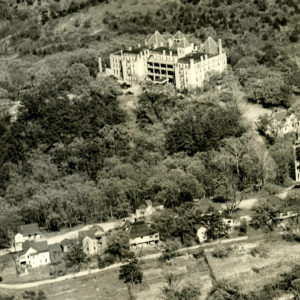 Crescent Hotel
Crescent Hotel
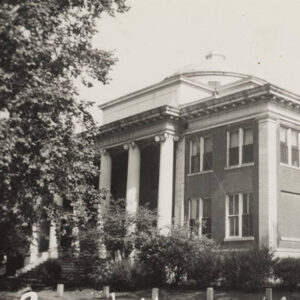 Crittenden County Courthouse
Crittenden County Courthouse
 Crockett's Bluff
Crockett's Bluff
Cross Roads (Hot Spring County)
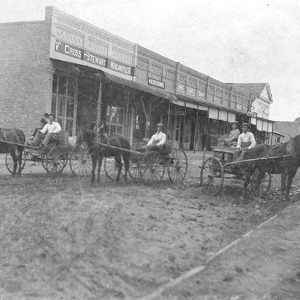 Cross Stewart Mercantile
Cross Stewart Mercantile
Crossett (Ashley County)
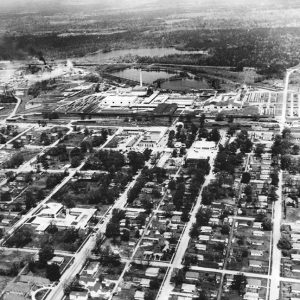 Crossett Arial View
Crossett Arial View
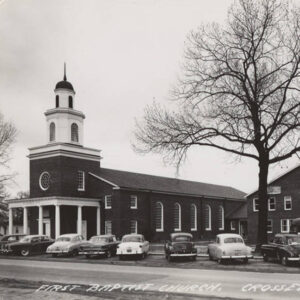 Crossett Church
Crossett Church
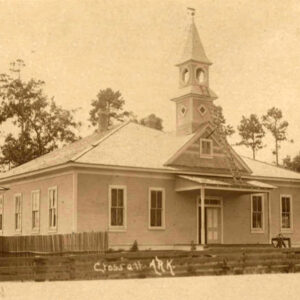 Crossett Church
Crossett Church
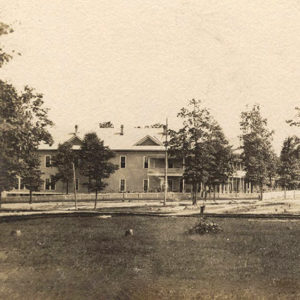 Crossett Hotel
Crossett Hotel
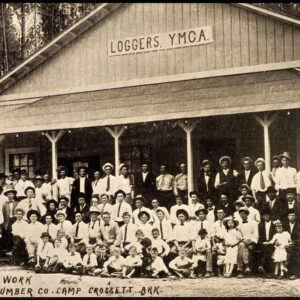 Crossett Loggers
Crossett Loggers
 Crossett Mill
Crossett Mill
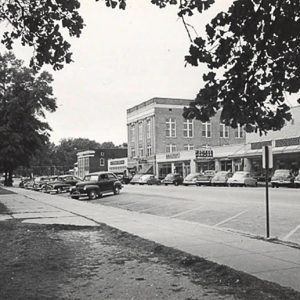 Crossett Street Scene
Crossett Street Scene
 Crossroads Church Sign
Crossroads Church Sign
 Crossroads Cowboy Church
Crossroads Cowboy Church
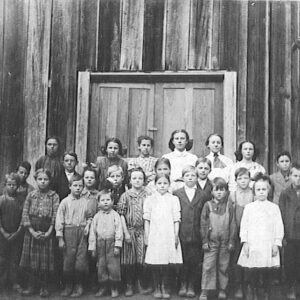 Crossroads School
Crossroads School
 Crossroads Store
Crossroads Store
 Crow Memorial
Crow Memorial
 J. J. Crow Family
J. J. Crow Family
 Crown Motel
Crown Motel
Crows (Saline County)
 Crows Fire Department
Crows Fire Department
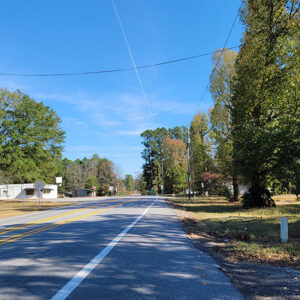 Crows Street Scene
Crows Street Scene
Crystal Hill (Pulaski County)
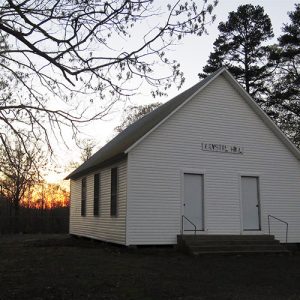 Crystal Hill Church
Crystal Hill Church
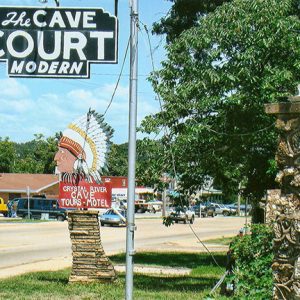 Crystal River Tourist Camp
Crystal River Tourist Camp
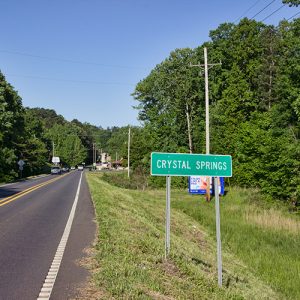 Crystal Springs
Crystal Springs




